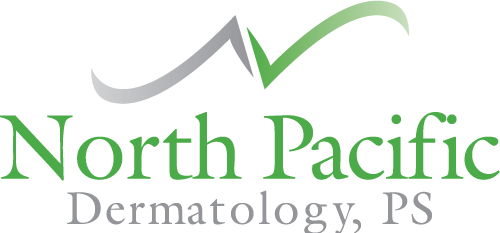5 Ways to Lessen Itch From Poison Oak and Poison Ivy
If you come into contact with poison oak or poison ivy, it’s safe to say that an itchy skin rash is headed your way. Here’s what you need to know about your symptoms, and how you can stop the itch.
How to Lessen the Itch From Poison Ivy/Oak
Know When to See Your Dermatologist
If you’re not sure what type of rash you’re suffering from, make sure you see your dermatologist for an accurate diagnosis. If it turns out to be poison oak or poison ivy, then there are a few telltale signs that you need to go back to your doctor for further treatment. If your rash persists for seven days or more, it’s time to call your dermatologist and get an appointment. In addition, any signs of infection, like blisters, fever, or swelling, require immediate medical care from your doctor or dermatologist. Even a mild rash can get infected if you’re not careful.
Rinse Your Skin Immediately
Once you’re sure you touched poison ivy, poison oak, or even poison sumac, make sure you rinse the affected area of your skin with warm, soapy water. Doing so can help wash away some of the oil from your skin. In turn, this will help prevent your poison oak or poison ivy rash from spreading to another person or to another area of your body. While these types of rashes may be a little different from one another, they’re all spread the same way. Oil from the plant gets on your skin, which you touch and then spread to other things you touch. It’s also a good idea to wash anything that may have come into contact with the plant. This includes your clothing, your hair, and even your pet if you suspect they came into contact with the plant.
Use an Anti-Itch Cream or Lotion
The symptoms of poison oak and poison ivy share one very irritating trait: an itchy rash. Fortunately, there are a few solutions that can help mitigate this particular symptom. Calamine lotion is particularly helpful at relieving any itching on your poison oak or poison ivy rash. Hydrocortisone cream is another good option to consider for mild cases. You can purchase both of these items at your local pharmacy, but you should speak to your dermatologist if you’re experiencing a more severe rash.
Take Short Baths or Showers
Short, lukewarm baths are a great way to help relieve your itchy rash. If you’re not a fan of baths, taking short showers with cool water can also play a big part in relieving your itching symptoms.
Consider Antihistamines
Antihistamine pills may also help you reduce symptoms of itching from poison oak or poison ivy. Of course, it’s a good idea to speak with your dermatologist before you take any kind of antihistamine for your rash. Topical antihistamines can actually worsen your rash symptoms, so make sure you don’t apply any antihistamines directly to your skin.
Seeing a strange rash appear on your skin can be alarming. If you think you’re suffering from poison oak or poison ivy and want an accurate diagnosis, don’t hesitate to set up a consultation with our team at North Pacific Dermatology.
